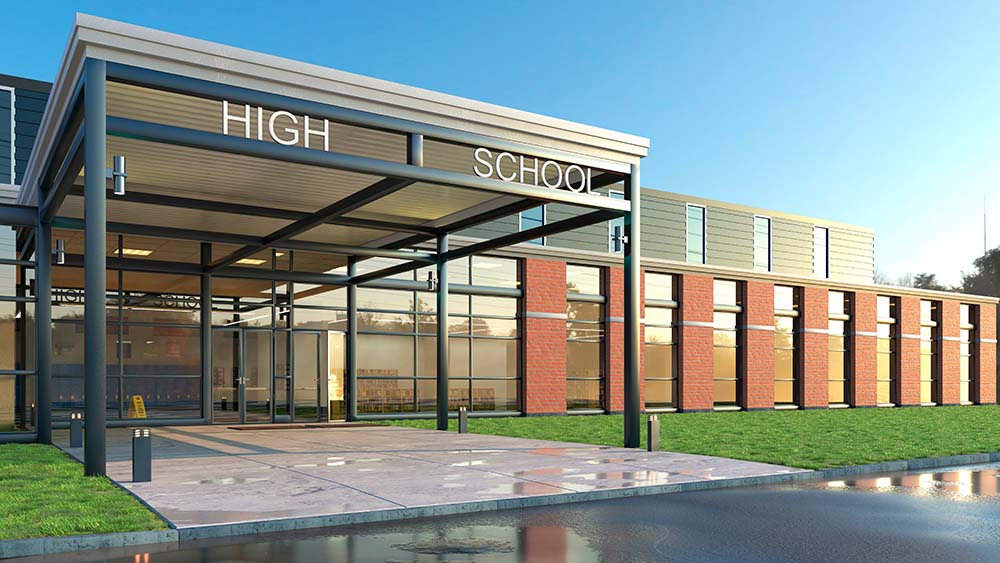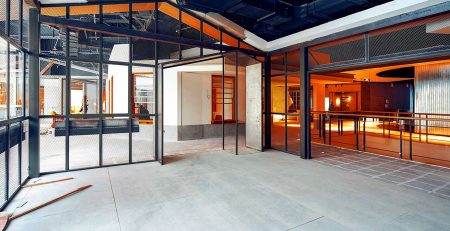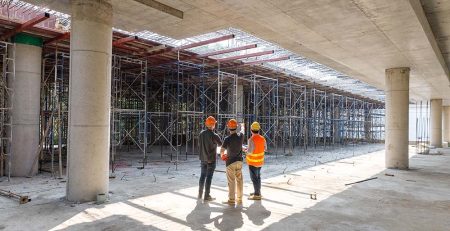Seeking Sustainable Schools? Innovations in Educational Buildings
In an era where sustainability has become a cornerstone for future developments, the construction of educational facilities is undergoing a remarkable transformation. Embrassing green building principles not only paves the way for a healthier planet but also ensures the well-being of students and staff. Sustainable schools are more than just buildings; they are vibrant learning environments that foster education, well-being, and environmental stewardship.
The Pillars of Sustainable School Construction
Sustainable construction in educational buildings is founded on key principles such as energy efficiency, resource conservation, and enhancing environmental quality. These principles guide the design and operation of schools that aim to minimize their ecological footprint while providing optimal learning environments.
Energy Efficiency and Renewable Energy Sources
The integration of energy-efficient design features and technologies in schools, from LED lighting to smart HVAC systems, significantly reduces energy consumption. Moreover, harnessing renewable energy sources like solar panels and geothermal systems is pivotal in powering sustainable schools, making them almost self-sufficient and drastically lowering utility costs.
Green Building Materials and Resources
Sustainable schools prioritize the use of environmentally friendly building materials such as recycled steel, low-VOC paints, and sustainably harvested wood. These materials, alongside water conservation techniques like rainwater harvesting and low-flow fixtures, underscore the commitment to reducing environmental impact while promoting eco-friendly educational spaces.
Creating Healthy Learning Environments
Indoor environmental quality is paramount in sustainable schools. Through the utilization of natural lighting, enhanced ventilation, and non-toxic materials, these schools offer healthier spaces that potentially boost student learning and staff productivity. Biophilic design elements further bridge the gap between indoor spaces and the natural world, enriching the educational experience.
Outdoor Learning and Green Spaces
Sustainable schools extend learning beyond the classroom walls by incorporating outdoor environments and green spaces into their designs. These areas not only serve as extensions of the classroom but also as living laboratories where students can engage with nature and learn about environmental stewardship firsthand.
The Role of Certification Programs
Green building certification programs, such as LEED for Schools, provide a framework for assessing the sustainability of educational buildings. Achieving such certifications not only validates the environmental efforts of the institution but also brings about benefits like reduced operating costs and improved student performance.
Case Studies: Leading the Way in Sustainable School Design
Across the globe, innovative sustainable school projects set benchmarks for environmental design. From rooftop gardens to energy-neutral campuses, these case studies offer valuable insights into achieving sustainability goals while fostering an ethos of ecological responsibility among students.
The Future of Sustainable Schools
The horizon for sustainable schools is ever-expanding, with emerging trends like AI and IoT-enhanced building management and the potential for zero-energy buildings shaping the future. Integrating sustainability into the curriculum is equally important, ensuring that the next generation is equipped with the knowledge and values to continue the legacy of environmental stewardship.
Conclusion
Sustainable schools represent a critical juncture in educational and environmental policy, where the design and operation of educational facilities reflect a commitment to the planet’s health and future generations’ well-being. As communities, educators, and policymakers look towards building tomorrow’s learning environments, the principles of sustainability offer a blueprint for schools that not only educate but also inspire.
In embracing these green building practices, institutions set a precedent for responsible development, showcasing how innovation and environmental stewardship can go hand in hand. For those looking to embark on this journey, partnerships with experienced organizations like Vescom International can illuminate the path towards creating sustainable educational buildings that stand as beacons of hope and progress.











